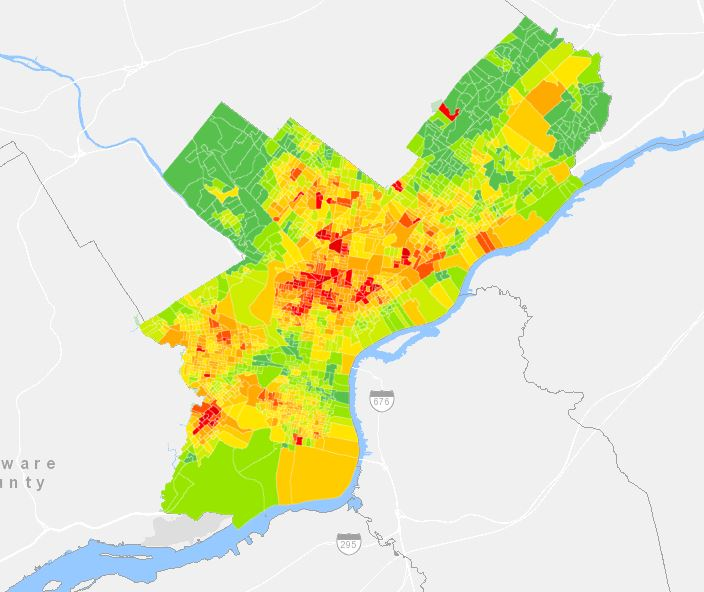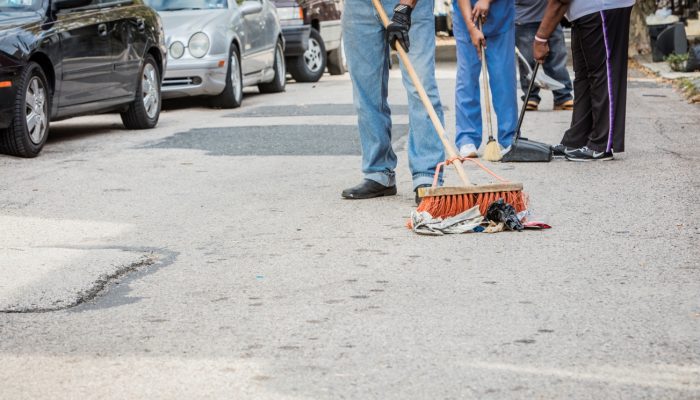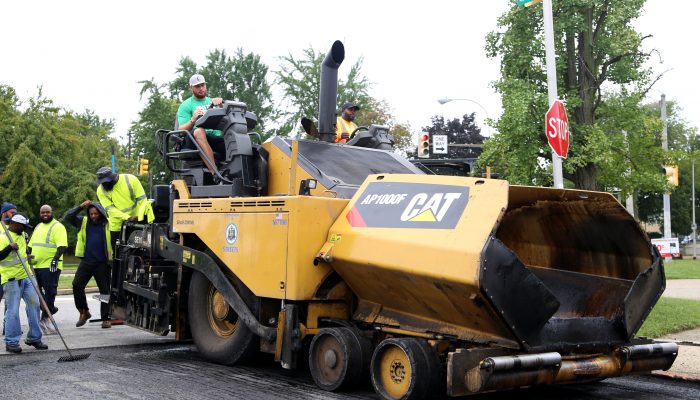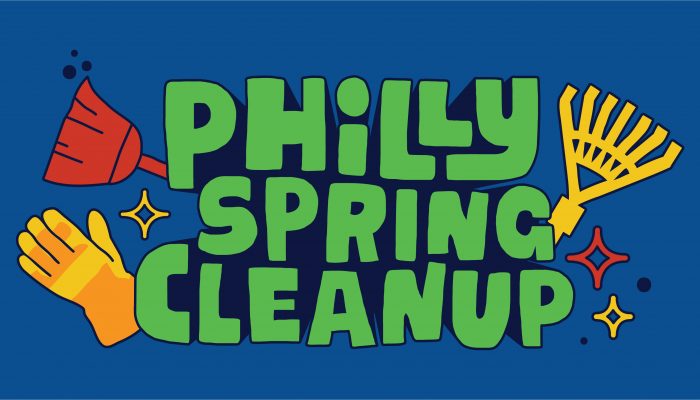As we work towards the goal of Zero Waste and Litter, it’s important to use data to inform policy decisions and measure progress towards that important vision.
The City of Philadelphia Litter Index was created to do exactly that.
What is the Litter Index?
The litter index provides an indicator of how much litter is found in a given area within the city.
The index was conducted by trained staff who surveyed and documented litter on City streets, sidewalks, vacant lots and public property.
Participating staff members were from the Streets Department, CLIP, Philadelphia Parks and Recreation, the School District of Philadelphia, Philadelphia Water Department, and SEPTA.
The staff filled out surveys on mobile tablets as they walked along the block. That way, the litter index is digitally accessible.
How does the index measure litter levels?
Along with an estimated litter count on a City asset or property, field surveyors gave a 1-4 litter rating based on metrics from Keep America Beautiful.
Here’s a breakdown of the rating system:
1: Little to no litter
2: Litter in the amount that can be collected by a single person
3: Litter in the amount that would require collection by a team of people
4: Litter in the amount that would require collection by a large team of people and/or heavy machinery

How clean is your neighborhood? Find out your litter index score here!
How will this information be used to reduce litter levels?
The Litter Index will allow City departments to make data-driven decisions on operations and policy. We will conduct the Litter Index survey each year, making it possible to track Philadelphia’s litter conditions over time.
Here are some of the ways this info will be used:
- Analyzing areas where a majority of assets were scored “4,” and working with appropriate departments and agencies to develop strategies to reduce litter in these areas.
- Comparing areas with ratings of “3” and “4” in regards to 311 calls, L&I violations, and other datasets. Then analyzing the need for increased City service outreach, greater enforcement, and additional education.
- This data is also very helpful to community groups as it helps them plan and track the impacts of their work to reduce litter.
Zero Starts with One: You
The litter index will help all of our neighborhoods strive for zero litter.
A cleaner city starts with you!




